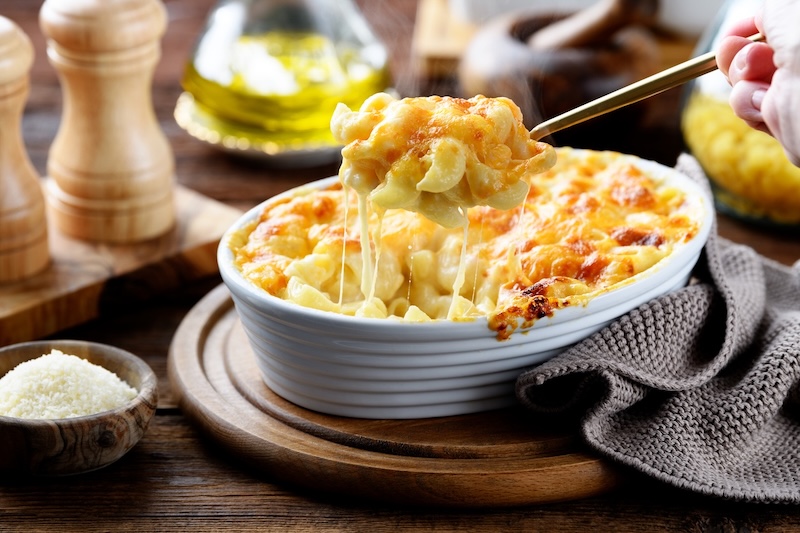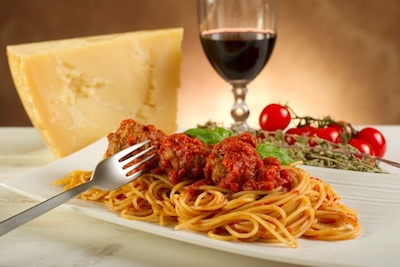
There is something magical about comfort food. One bite of mac and cheese, a spoonful of chicken noodle soup, or a warm bowl of ramen can instantly make you feel better. But have you ever wondered why these foods are so comforting?
The secret is often umami.
What is Umami?
Umami is one of the basic tastes, along with sweet, salty, sour, and bitter. It’s a deep, savory flavor that makes a dish taste rich and satisfying. Think of the flavor of sautéed mushrooms, aged cheese, or slow-cooked meat, and you will know what umami tastes like.
Why Umami Feels Like Comfort
 When people crave comfort food, they are often looking for flavor that feels like a warm embrace from the inside out. Umami does just that. Its rich, savory taste evokes a sense of satisfaction and self-care.
When people crave comfort food, they are often looking for flavor that feels like a warm embrace from the inside out. Umami does just that. Its rich, savory taste evokes a sense of satisfaction and self-care.
Many classic comfort foods are naturally high in umami. These dishes are often tied to moments when we felt safe, cared for, or loved – like when someone brought us soup when we were sick. Reexperiencing those flavors can bring those comforting emotions back.
Classic Comfort Foods That Are Umami Bombs
You might not even realize how many of your go-to comfort foods are loaded with umami. Here is a round-up of some popular American favorites:
Spaghetti – Tomatoes, garlic, and Parmesan cheese come together to create an umami explosion in this dish. MSG can also be added to the sauce for an extra umami boost.
Mac and Cheese – Aged cheeses are naturally high in glutamate, the compound responsible for generating umami flavor. The older the cheese used to make the mac and cheese, the more umami it will have. Some recipes will also add stock, miso, or MSG to up the umami even more.
Soup – This classic source of comfort gets its umami from ingredients like aged meats, aged cheeses, and umami-rich vegetables. Ready to eat versions bought at the grocery likely contain MSG or other umami-rich ingredients. Similarly, MSG can be added to homemade soups to increase the umami.
Mashed Potatoes – While not often thought of as savory, potatoes actually are a fairly umami-rich vegetable. A pinch of MSG or dollop of miso will up the umami of mashed potatoes even more.
Roast Beef – Using an aged piece of meat will increase the umami compared to a fresher cut. This recipe also seasons the meat with MSG for additional umami flavor.
Risotto – Mushrooms, parmesan cheese, and chicken stock converge for rich, creamy umami goodness in risotto. MSG can also be added for even more umami.
Pizza – Tomato sauce, cheese, and pepperoni unite for a trifecta of umami in this pizza recipe.
Ramen – Ramen is the ultimate umami comfort food between the broth, soy sauce, miso, and toppings like mushrooms or eggs.
Final Bite
Tucking into an umami-rich dish can feel so cozy. The next time you are wrapped up in a blanket with a bowl of something delicious, you will know exactly why it tastes so comforting.

